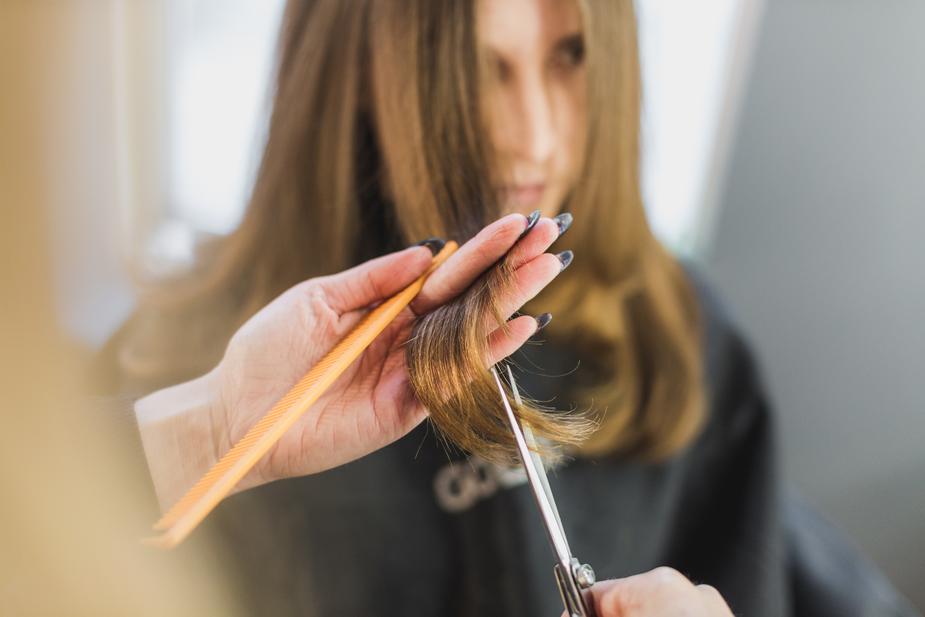
Deciphering the Scissor vs. Shear Conundrum: Unveiling the Mechanics Behind Hair Cutting Tools
In the dynamic world of hair styling, precision reigns supreme, extending its reach even to the tools of the trade. As I ventured into the sharpening business, I swiftly learned that discerning between scissors and shears was not just semantics but a foundational aspect of the craft.
The journey began with a simple yet profound realization: my terminology needed refinement. A chance encounter with an assertive stylist corrected my misnomers, propelling me into an exploration of the intricacies distinguishing these seemingly similar tools.
Rooted in Middle English and Old French, the evolution of terminology paralleled advancements in hairstyling techniques, particularly in the United States, where shears gained prominence for their precision. Yet, beyond linguistic evolution lies a rich tapestry of innovation and engineering marvels, from ancient metal strips to modern compound machines.
Understanding the mechanics of these tools unveils a realm of complexity beneath their surface simplicity. The interplay of blades, pivots, and fulcrums forms the bedrock of functionality, while nuances like blade curvature dictate cutting prowess.
Dispelling misconceptions, such as the ubiquitous "800 mm radius," is essential. Each shear boasts a unique curvature, demanding a customized approach to sharpening that respects manufacturer specifications.
In essence, sharpening hair cutting tools is both an art and a science, requiring meticulous attention to detail. In the United States as well as other countries the term "shears" is the most common and preferred word used to describe scissors for cutting hair.
